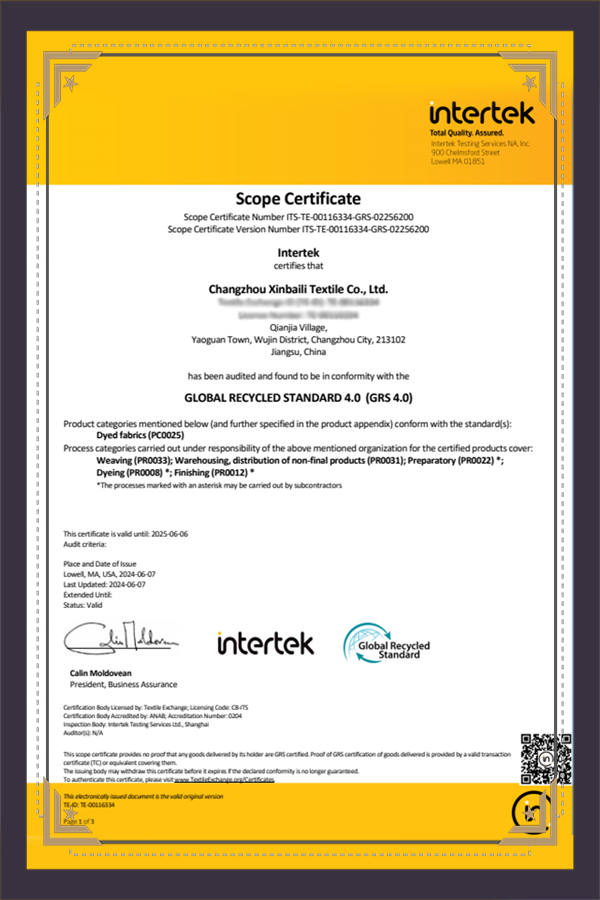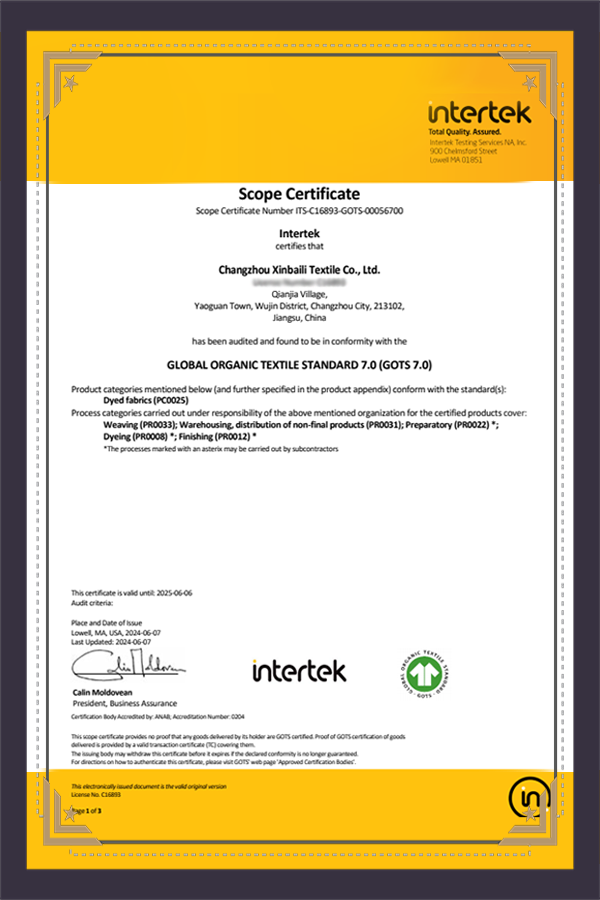In the modern apparel fabric industry, Cotton Poly Elastane Denim Fabric has gradually become a market favorite. Its unique fabric structure and super...
READ MOREPure Cotton Denim Fabric
- Double sided black 420g elastic free twill pure cotton denim fabric super soft #10010
- Indigo,3/1 Twill,Heavy weight,Non-stretch,Pure cotton denim fabric#10011
- Black/Black,3/1 Twill,Heavy weight,Non-stretch,Pure cotton denim fabric#10012
- Slub,Indigo,3/1 Twill,Middle weight,Non-stretch,Pure cotton denim fabric#10014
- Indigo 2/1 Twill Light weight Non-stretch Pure cotton denim fabric#10027
Non-Stretch Cotton Denim Fabric
- Indigo 3/1 Twill Heavy weight Non-stretch denim fabric#10003
- Black/Black 3/1 Twill Heavy weight Non-stretch denim fabric#10004
- Slub Black 3/1 Twill Middle weight Non-stretch denim fabric#10015
- Indigo 3/1 Twill Middle weight Non-stretch denim fabric#10017
- Indigo 3/1 Twill Middle weight Non-stretch denim fabric#10019
Cotton Elastane Denim Fabric
- Indigo 3/1 Twill Middle weight Stretch denim fabric#20001
- Indigo 3/1 Twill Middle weight Super stretch denim fabric#20004
- Slub Indigo 3/1 Twill Middle weight Stretch denim fabric#20005
- Slub Indigo 3/1 Twill Heavy weight Stretch denim fabric#20008
- Slub Indigo 3/1 Twill Middle weight Stretch denim fabric#20009
Dobby Fake Kniting Denim Fabric
- Black/Black Fake knitting Heavy weight Stretch denim fabric#60003
- Indigo Fake knitting Middle weight Stretch denim fabric#60004
- Indigo Fake knitting Middle weight Stretch denim fabric#60005
- Indigo Fake knitting Middle weight Stretch denim fabric#60006
- Indigo Fake knitting Middle weight Stretch denim fabric#60007
Lyocell&Special Fiber Denim Fabric
- Indigo 3/1 Twill Middle weight Stretch denim fabric#70001
- Black 3/1 Twill Middle weight Stretch denim fabric#70002
- Indigo 2/1 Twill Light weight Non-stretch Pure cotton denim fabric#70003
- Indigo 2/1 Twill Light weight Stretch denim fabric#70004
- Indigo 2/1 Twill Light weight Non-stretch Pure cotton denim fabric#70005
Functional Denim Fabric
- Indigo 3/1 Twill Heavy weight Stretch denim fabric#80001
- Indigo 3/1 Twill Heavy weight Super stretch denim fabric#80004
- Slub Indigo 3/1 Twill Heavy weight Super stretch denim fabric#80002
- Slub Indigo 3/1 Twill Heavy weight High stretch denim fabric#80003
- Indigo 3/1 Twill Heavy weight Stretch Bonded denim fabric#80005
Jacquard Denim Fabric
- Indigo Jacquard Light weight Non-stretch Pure cotton denim fabric#90001
- Indigo Jacquard Heavy weight Stretch denim fabric#90002
- Indigo Jacquard Middle weight Stretch denim fabric#90003
- Indigo Jacquard Middle weight Stretch denim fabric#90004
- Indigo Jacquard Heavy weight High stretch denim fabric#90005


 English
English Español
Español



























